
Find Help
More Items From Ergsy search
-

Did the bubonic plague affect only Europe?
Relevance: 100%
-

What is Bubonic Plague?
Relevance: 88%
-
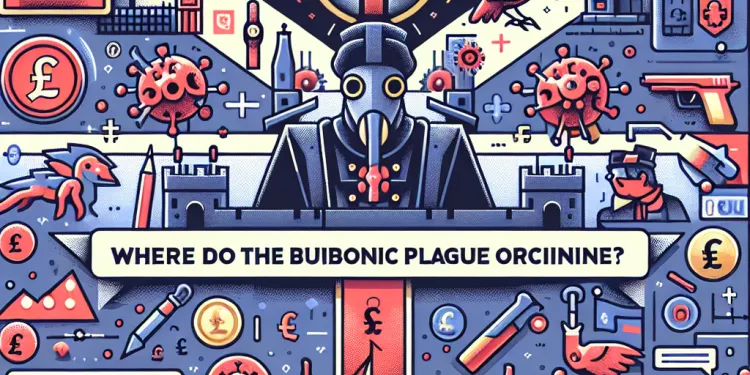
Where did the bubonic plague originate?
Relevance: 84%
-

What is the bubonic plague?
Relevance: 84%
-
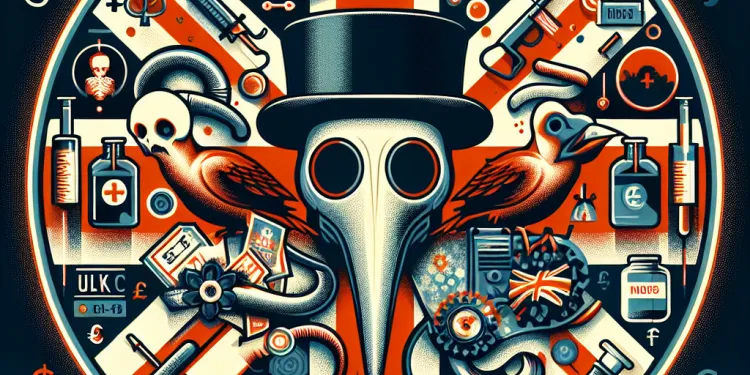
What historical event is the bubonic plague known for?
Relevance: 80%
-

Are there vaccines for the bubonic plague?
Relevance: 79%
-

Can the bubonic plague be prevented?
Relevance: 78%
-

How is the bubonic plague transmitted?
Relevance: 73%
-
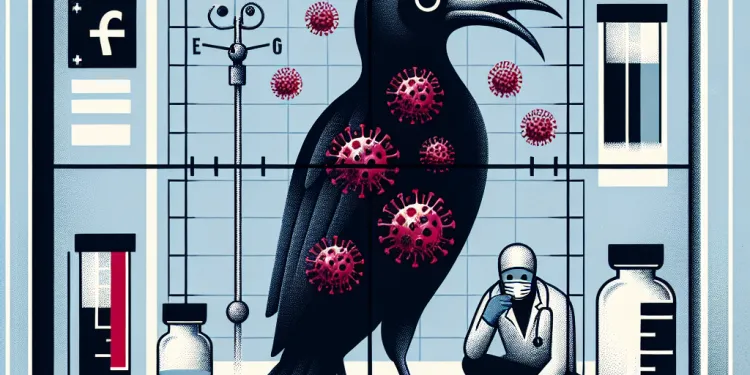
What are the symptoms of the bubonic plague?
Relevance: 72%
-

How was the bubonic plague controlled historically?
Relevance: 72%
-

Is the bubonic plague contagious between humans?
Relevance: 71%
-

How can the bubonic plague be treated?
Relevance: 70%
-
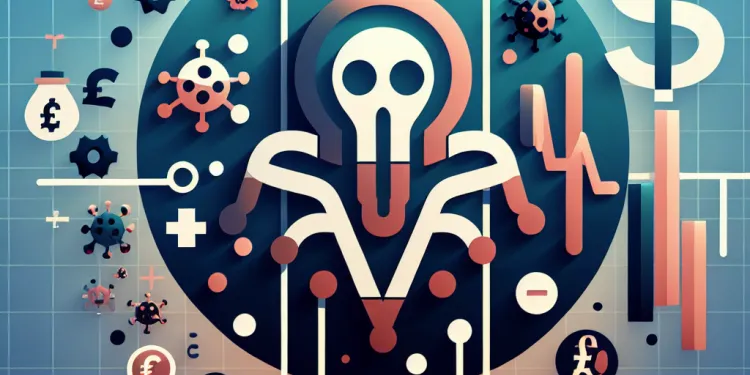
What is the mortality rate of untreated bubonic plague?
Relevance: 68%
-

Can the bubonic plague become resistant to antibiotics?
Relevance: 68%
-

What advancements have been made in understanding the bubonic plague?
Relevance: 66%
-

Are there modern outbreaks of bubonic plague?
Relevance: 56%
-
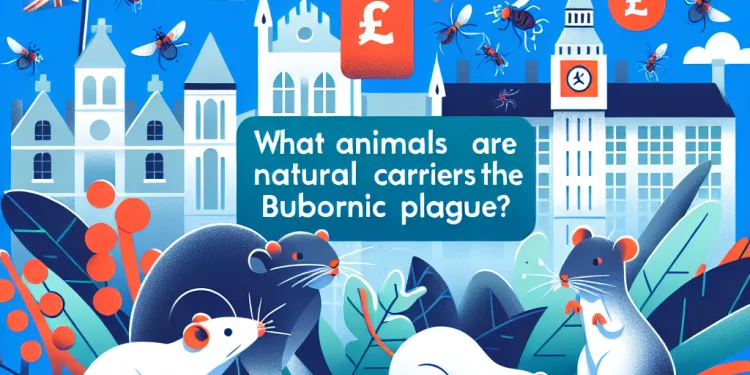
What animals are natural carriers of the bubonic plague?
Relevance: 47%
-

What is a bubo?
Relevance: 38%
-

What public health measures are important for managing the plague?
Relevance: 32%
-
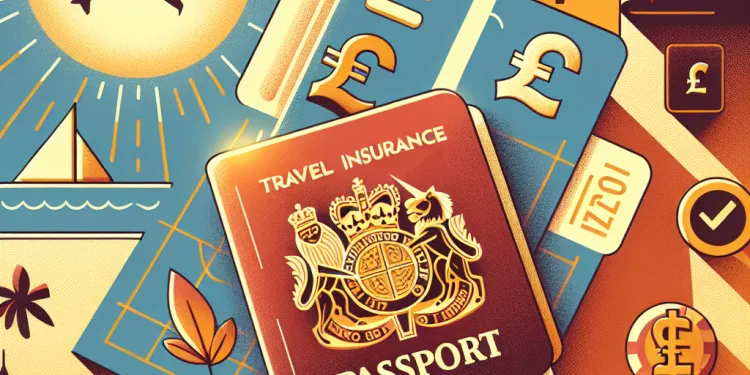
Do UK citizens need travel insurance for Europe?
Relevance: 32%
-

Is the bubonic plague still a global health threat?
Relevance: 27%
-

What are the rules for travel to France, Spain, and Europe on a UK passport?
Relevance: 24%
-
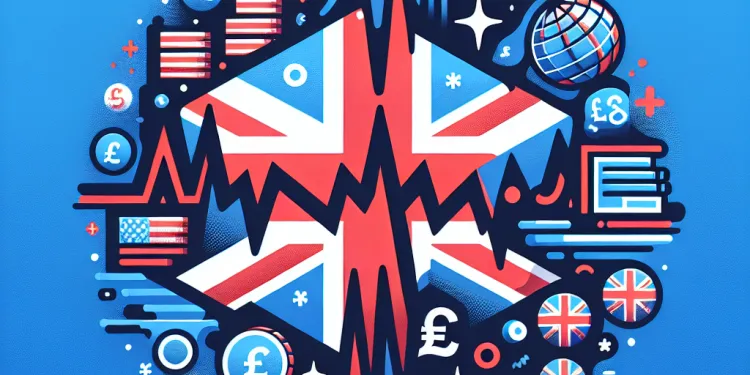
What parts of Europe are affected by earthquakes?
Relevance: 18%
-
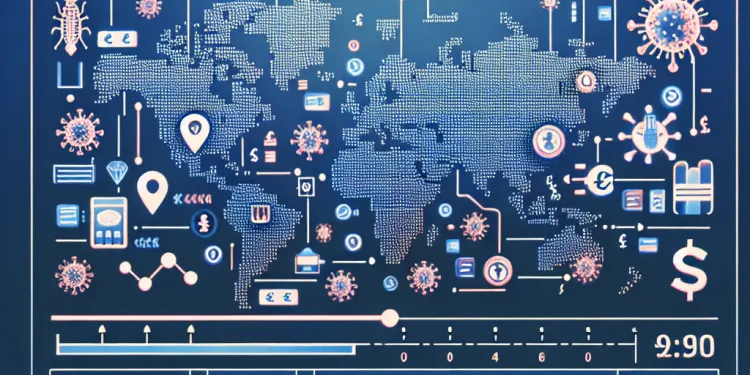
Which countries are affected by West Nile Virus?
Relevance: 11%
-
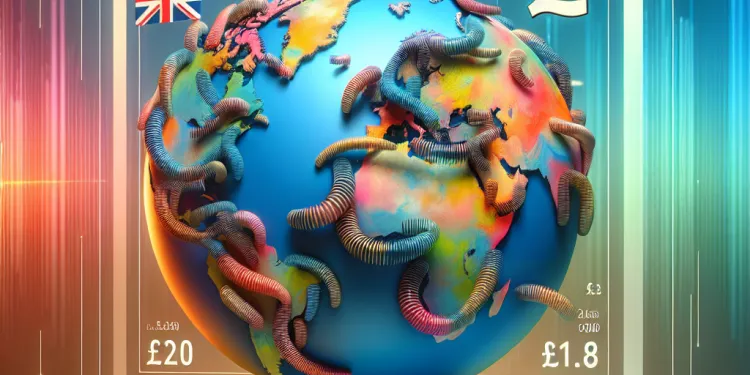
Where are screw worms found geographically?
Relevance: 11%
-
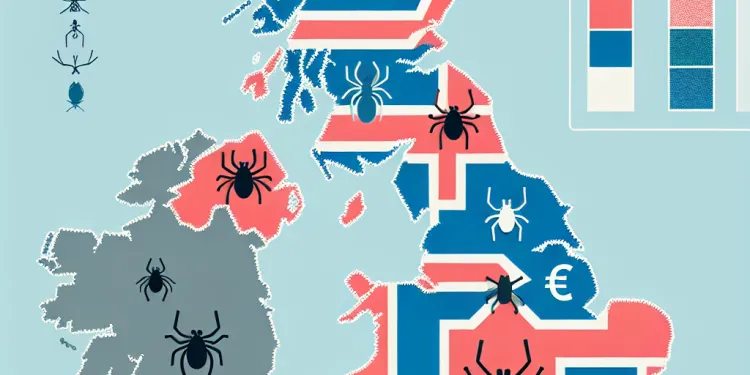
Where is Lyme disease most commonly found?
Relevance: 10%
-
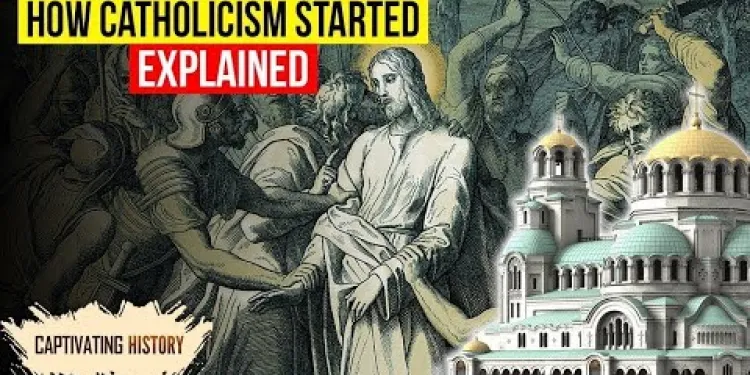
How Did Catholicism Start?
Relevance: 10%
-
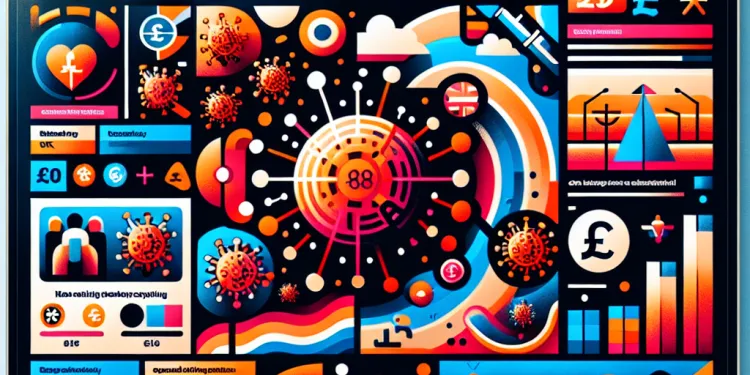
Where do Chikungunya outbreaks typically occur?
Relevance: 9%
-
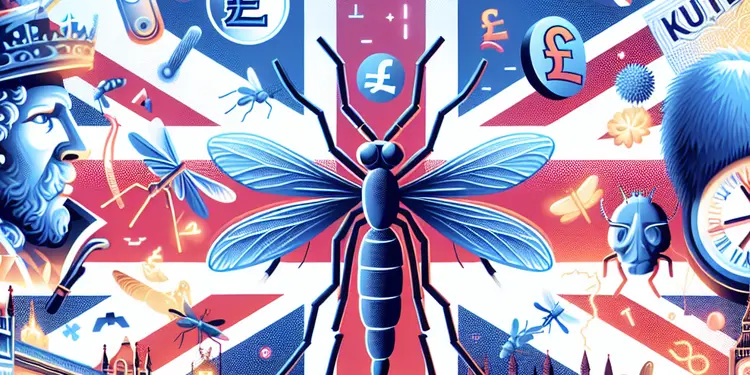
Is there a risk of yellow fever being spread by mosquitoes in the UK?
Relevance: 9%
-

What currencies are used in France and Spain?
Relevance: 9%
-

How does the UK National Living Wage compare internationally?
Relevance: 8%
-
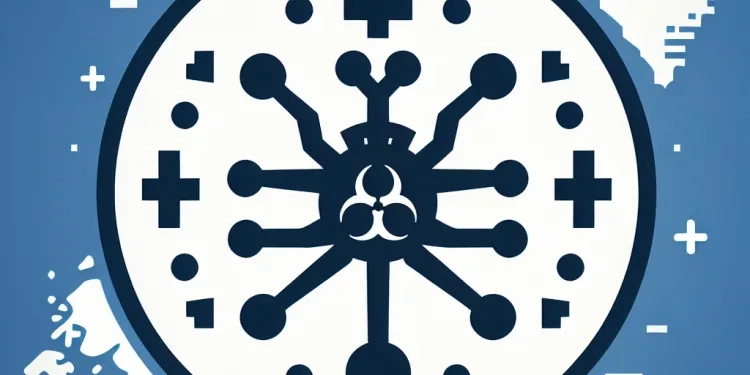
What is West Nile Virus?
Relevance: 7%
-
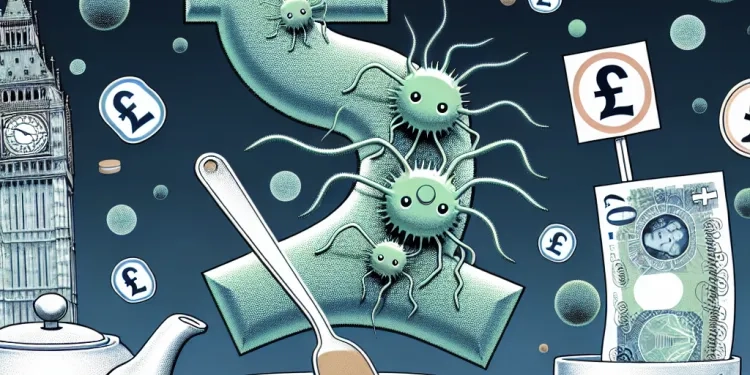
How does the bacteria Yersinia pestis survive between outbreaks?
Relevance: 7%
-
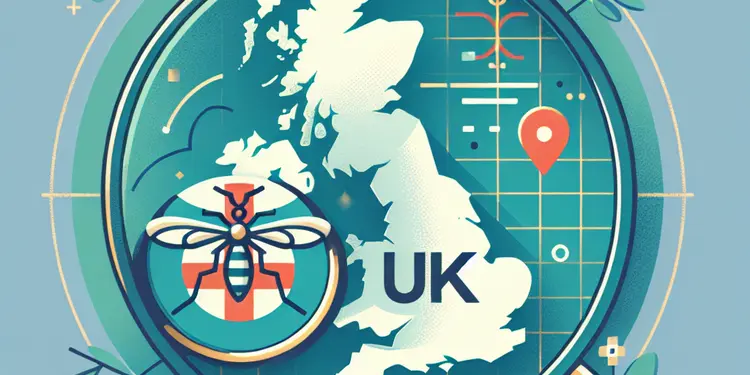
How prevalent is West Nile virus in the UK?
Relevance: 7%
-
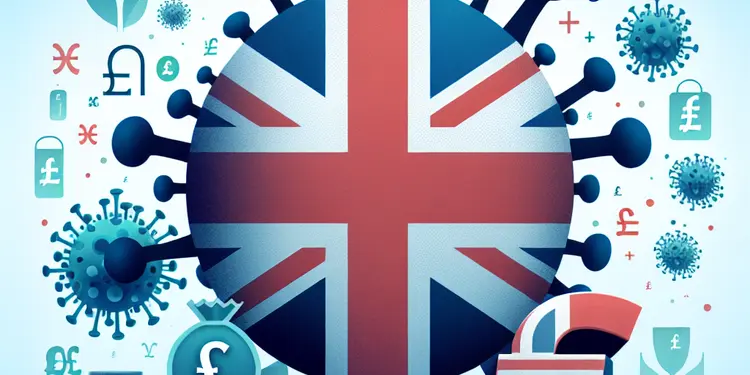
Has chikungunya virus been reported in the UK?
Relevance: 7%
-
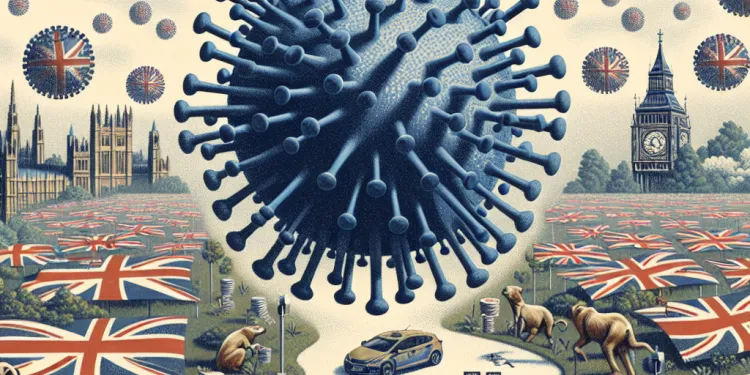
How is West Nile Virus transmitted?
Relevance: 7%
-

History of Islam in Brief | 5 Minutes
Relevance: 6%
-
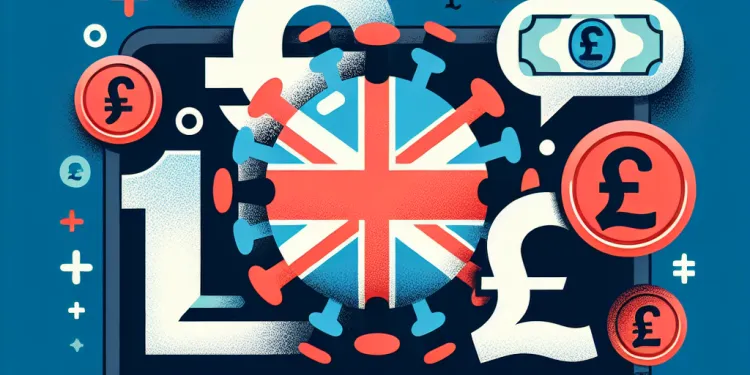
What is West Nile Virus?
Relevance: 6%
-
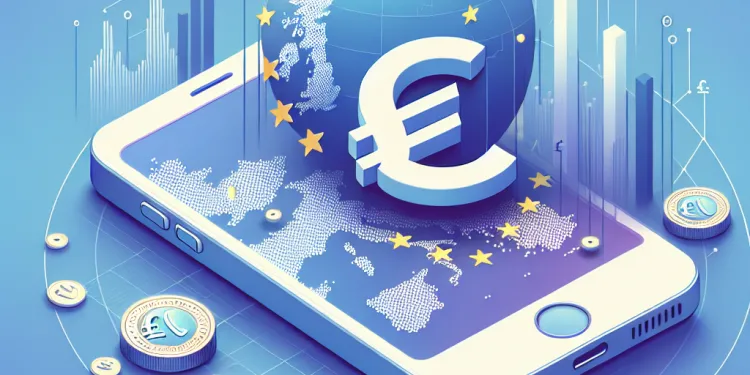
Can UK citizens use mobile phones in the EU without extra charges?
Relevance: 6%
-
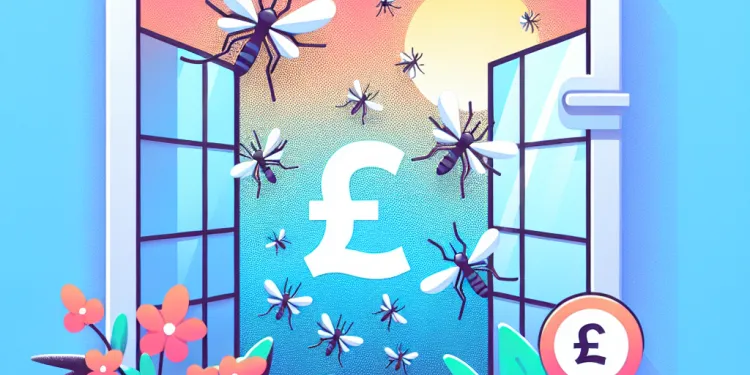
Are Mosquito window screens effective?
Relevance: 6%
Introduction
The bubonic plague, also known as the Black Death, is often associated with its devastating impact on Europe in the 14th century. However, the reach of this deadly disease extended far beyond the confines of the European continent. Understanding the global impact of the bubonic plague provides invaluable insights into historical human interaction, trade, and disease transmission.
Origins and Initial Spread
The bubonic plague is caused by the bacterium Yersinia pestis. Historians and scientists believe it originated in the arid plains of Central Asia. It traveled along trade routes, including the Silk Road, and spread to various regions through merchant ships. The movement of the Mongol Empire across Eurasia in the 13th and 14th centuries played a significant role in the initial dissemination of the plague.
Impact on Asia
Before reaching Europe, the plague had already impacted several regions in Asia. Notably, it struck China, where it is believed to have drastically reduced the population. The cities along the Silk Road, including those in Central Asia, experienced substantial depopulation. The historical records suggest that outbreaks in Asia preceded the well-documented European pandemics.
The Plague in Africa
While Europe was deeply affected, the plague also reached North Africa through Mediterranean trade routes. Key port cities such as Alexandria in Egypt experienced significant outbreaks. Although documentation of the disease's impact in sub-Saharan Africa is sparse, the reach into northern Africa highlights the interconnectedness of the medieval world.
Plague in the Middle East
The Middle East, a crossroads of trade and culture, was not spared. The plague swept through the region, affecting cities such as Baghdad and Damascus. The disease's spread in the Middle East occurred concurrently with its devastating effects in Europe, contributing to substantial demographic and societal changes.
Conclusion
Far from being an exclusively European catastrophe, the bubonic plague was a pandemic of global proportions with broad-reaching effects on numerous continents. Its spread was facilitated by expanding trade networks that connected different parts of the world. Understanding the global impact of the bubonic plague emphasizes the continuous interaction among regions and underscores the interconnected nature of societies even in the medieval period. This global perspective enriches our understanding of medieval history and the pervasive influence of the bubonic plague.
Introduction
The bubonic plague is also called the Black Death. Many people think of it as something that happened in Europe a long time ago, in the 14th century. But this very bad disease affected many places, not just Europe. Learning about how the plague spread everywhere helps us understand how people traveled, traded, and how diseases spread among different parts of the world.
Where It Started and How It Spread
The bubonic plague is caused by tiny germs called Yersinia pestis. Experts think it started in a dry area of Central Asia. The plague spread along roads where people traded, like the Silk Road. It also spread by merchant ships. When the Mongol Empire moved across Europe and Asia in the 13th and 14th centuries, it helped spread the plague.
What Happened in Asia
Before reaching Europe, the plague already hit many places in Asia. It was very bad in China, where many people died. Cities on the Silk Road and in Central Asia lost a lot of their people too. Records show that the plague hit Asia before it hit Europe.
The Plague in Africa
Europe was hurt badly, but the plague also got to North Africa. It traveled through sea trade routes in the Mediterranean Sea. Important port cities like Alexandria in Egypt had big outbreaks. We don't know as much about what happened in areas south of the Sahara Desert, but the plague reaching northern Africa shows how connected the world was back then.
Plague in the Middle East
The Middle East is a place where people traded a lot and shared culture. It was also hit by the plague. Cities like Baghdad and Damascus saw many people get sick. The plague spread in the Middle East at the same time it was hurting Europe, and this caused big changes in the population and society.
Conclusion
The bubonic plague was not just Europe's problem. It was a worldwide disease that affected many continents. It spread because people traveled and traded with each other everywhere. Knowing how the plague affected the world helps us see how regions worked together even long ago. It also helps us understand medieval history better and how the plague changed many places.
Frequently Asked Questions
Did the bubonic plague affect only Europe?
No, the bubonic plague affected regions beyond Europe, including Asia, the Middle East, and North Africa.
Where did the bubonic plague originate?
The bubonic plague is believed to have originated in Central Asia.
How did the bubonic plague spread to Europe?
The plague spread to Europe via trade routes, carried by flea-infested rats on ships and caravans.
What are the symptoms of the bubonic plague?
Symptoms include fever, chills, weakness, and swollen lymph nodes known as buboes.
What impact did the plague have on Europe?
The plague killed an estimated 25-30% of Europe's population in the 14th century.
How did the plague spread through Asia?
The plague spread through Asia along trade routes such as the Silk Road.
Was the Middle East affected by the bubonic plague?
Yes, the Middle East experienced outbreaks of the plague during the same periods Europe did.
Did Africa experience the bubonic plague?
Yes, particularly North Africa was affected by the plague, due to trade connections with Europe and Asia.
How often did plague outbreaks occur after the initial Black Death?
Plague outbreaks continued sporadically for several centuries across different regions.
Are there modern cases of bubonic plague?
Yes, while rare, bubonic plague still occurs in certain regions today but can be treated with antibiotics.
How was the bubonic plague transmitted?
The plague was primarily spread by fleas that lived on rats, and then to humans.
What measures were taken to control the plague in the past?
Measures included quarantine, burning of affected areas, and in some cases, mass burials.
Why was the bubonic plague so deadly in the past?
Lack of medical knowledge and poor sanitary conditions contributed to the high mortality rate.
Did the bubonic plague affect trade?
Yes, the plague severely disrupted trade and economies, leading to shortages and economic decline.
How did the population recover after the bubonic plague?
Population recovery was slow and took several decades due to the high mortality rate.
Did the bubonic plague affect social structures?
Yes, with fewer workers available, the plague led to changes in social and economic structures.
Is the bubonic plague caused by a virus or bacteria?
The bubonic plague is caused by the bacterium Yersinia pestis.
How did the bubonic plague affect rural vs urban populations?
Both rural and urban populations were affected, but cities saw more rapid spread due to higher population density.
Did the bubonic plague influence art and literature?
Yes, the devastation and themes of mortality influenced both art and literature of the time.
Are there any genetic factors that affected survival rates during the plague?
Some studies suggest genetic mutations may have influenced survival rates among populations.
Did the bubonic plague affect just Europe?
No, the bubonic plague did not only affect Europe. It also spread to other parts of the world.
Here are some tips to help understand better:
- Use a world map to see the places affected by the plague.
- Watch videos or look at pictures about the history of the bubonic plague.
These can help make learning easier and more fun!
No, the bubonic plague did not just affect Europe. It also affected places in Asia, the Middle East, and North Africa.
Where did the bubonic plague start?
The bubonic plague started in Asia a long, long time ago.
Remember:
- Plagues are diseases that make many people sick.
- You can find pictures or videos to learn more.
- Ask a friend or use a computer to help you understand.
The bubonic plague started in the middle of Asia.
How did the Black Death come to Europe?
The Black Death, or bubonic plague, reached Europe a long time ago.
This is how it happened:
- People and animals carried the disease.
- Fleas on rats spread the disease to humans.
- Trade ships brought sick people and rats to Europe.
- The disease spread quickly in busy places.
To make reading easier, you can:
- Read with a friend or family member.
- Use pictures to help understand the story.
- Take breaks if you feel tired.
- Ask questions if something is not clear.
The plague came to Europe by moving along trade paths. It traveled on rats that had fleas. These rats were on ships and in caravans.
What are the signs of the bubonic plague?
The bubonic plague is a disease. Here are signs that someone might have it:
- They might have a fever. This means their body feels very hot.
- They might feel very tired or weak.
- They might have headaches. This means their head hurts.
- They might have lumps in their body. These lumps can hurt.
If someone shows these signs, it is important to tell a grown-up or a doctor.
To help with reading:
- Ask someone to read the words out loud to you.
- Point to each word as you read.
- Take breaks if you get tired.
Signs you are sick can be a high body temperature, feeling very cold, feeling really tired, and having swollen bumps under your skin called buboes.
What happened to Europe because of the plague?
The plague was a very bad sickness. It spread all over Europe a long time ago.
Many people got sick, and many people died. Towns and villages changed because of this.
Use pictures and simple books to learn more. They can help you understand better.
The plague was a sickness that happened a long time ago in the 14th century. It made many people in Europe very sick. About 25-30 out of every 100 people died because of the plague.
Tools or tips that can help when reading:
- Use your finger to follow along the words.
- Break big words into smaller parts to sound them out.
- Ask someone to read with you or to explain words you don’t understand.
How did the sickness move across Asia?
The plague spread through Asia along trade routes such as the Silk Road.
Easy to Read
The plague is a disease that made many people sick.
It spread, or moved, from place to place in Asia.
This happened because of trade routes like the Silk Road.
Traders and people used the Silk Road to travel and move things from one place to another.
Here’s a tip to help understand:
- Look at a map to see where the Silk Road went.
- If you want, use a story app to hear more about trade routes.
Did the Black Death affect the Middle East?
The Middle East did have the Black Death. This happened a long time ago. The Black Death is a sickness that made many people very sick. It spread to many countries, including those in the Middle East.
If reading is hard, don't worry. Try using pictures, videos, or a helper to understand. You can ask someone to read with you. Tools like text-to-speech apps can read words aloud and help you understand more easily.
Yes, the Middle East had times when the plague made people sick, just like in Europe.
Did the Black Death happen in Africa?
The Black Death is a disease that made lots of people sick a long time ago. It was also called the bubonic plague.
We are asking if this disease made people in Africa sick too.
To help you understand better, you can:
- Look at pictures of maps to see where Africa is.
- Use tools like audiobooks to listen instead of reading.
- Watch simple videos about the Black Death.
Yes, North Africa got sick from the plague. This happened because they traded with Europe and Asia.
How often did the plague happen after the first big outbreak called the Black Death?
The plague came back many times after the first outbreak called the Black Death. It didn't go away completely.
Use pictures or timelines to help understand when the outbreaks happened. A calendar or timeline can be a good tool.
The plague kept coming back sometimes in different places for many hundreds of years.
Are there new cases of the bubonic plague today?
Yes, sometimes people still get the bubonic plague. But don't worry, it's rare. Doctors can help with medicine. If you want to know more, you can use simple videos or talk to someone like a teacher or a parent. They can help explain things in an easy way.
Yes, the bubonic plague still happens in some places today, but doctors can treat it with medicine.
How did people catch the bubonic plague?
The plague spread mostly because of fleas. These fleas lived on rats first, and then they bit humans.
How did people stop the spread of the plague long ago?
The people used some steps to help stop the problem:
- They made sick people stay away from others (this is called quarantine).
- They burned the places where the problem was.
- Sometimes, they had to bury many people at once.
Here are some tools and tips that might help:
- Use a calendar to keep track of quarantine days.
- Get help from a friend or family member if you need to do big tasks, like burning or burying.
- Talk to someone about how you feel; it can be hard, but it’s important.
Why was the Black Death so bad a long time ago?
The Black Death was very dangerous a long time ago. Many people got sick because:
- They did not have medicine to help people like we do now.
- People did not know how to stop the sickness from spreading.
- Lots of people lived close together, so it spread quickly.
If you want more help reading, you can:
- Ask someone to read with you.
- Use a pen to point at each word as you read.
- Take your time and read slowly.
Many people got sick and died because they didn't know a lot about medicine and didn't keep places clean.
Did the Black Death change trade?
Yes, the plague made trade and business stop. This caused a lack of things people needed, and money problems got worse.
How did people come back after the big sickness?
A long time ago, there was a big sickness called the bubonic plague. Many people got very sick and died. But over time, people got better and more babies were born. Here is how it happened:
- People got better from the sickness.
- New families had babies, so there were more people again.
- People from other places came to live in the cities that had lost many people.
To understand better, you can look at pictures, watch videos, or use apps that explain things in a simple way.
It took a long time for the number of people to go up again because many people had died. This took many years.
Did the Black Death change how people lived together?
A long time ago, a sickness called the Black Death made many people very sick and some even died. It happened in many places. When a lot of people got sick, it changed how they worked and lived together.
If you are learning about this, you might find it helpful to look at pictures or timelines. These can show how things changed over time. You can also ask someone to read with you or watch a short video about the Black Death. This can help you understand better.
The plague made a lot of people sick and many workers died. Because of this, there were not enough workers to do all the jobs. This changed how people worked and lived.
What causes the bubonic plague: a virus or bacteria?
The bubonic plague is caused by a type of germ called bacteria.
If you want to learn more or need help, you can:
- Look at pictures or videos to understand better.
- Ask someone to explain it to you.
- Use simple books or websites for kids.
The bubonic plague is a sickness caused by tiny germs called Yersinia pestis.
What happened to people in the countryside and cities during the bubonic plague?
People living in the countryside and in cities got sick, but it spread faster in cities because more people live close together there.
Did the Black Death affect art and stories?
The Black Death was a terrible sickness long ago. It made many people sick. This changed the way they made art and told stories.
If you want to learn more, you can:
- Read easy books about history.
- Watch videos that explain history simply.
- Ask someone to tell you about history with pictures.
Yes, seeing so much death and ruin changed art and stories from that time.
Did DNA help some people live through the plague?
Some studies say that changes in genes might have helped some groups of people stay alive better.
Useful Links
- Ergsy carfully checks the information in the videos we provide here.
- Videos shown by Youtube after a video has completed, have NOT been reviewed by ERGSY.
- To view, click the arrow in centre of video.
- Most of the videos you find here will have subtitles and/or closed captions available.
- You may need to turn these on, and choose your preferred language.
- Go to the video you'd like to watch.
- If closed captions (CC) are available, settings will be visible on the bottom right of the video player.
- To turn on Captions, click settings .
- To turn off Captions, click settings again.
More Items From Ergsy search
-

Did the bubonic plague affect only Europe?
Relevance: 100%
-

What is Bubonic Plague?
Relevance: 88%
-

Where did the bubonic plague originate?
Relevance: 84%
-

What is the bubonic plague?
Relevance: 84%
-

What historical event is the bubonic plague known for?
Relevance: 80%
-

Are there vaccines for the bubonic plague?
Relevance: 79%
-

Can the bubonic plague be prevented?
Relevance: 78%
-

How is the bubonic plague transmitted?
Relevance: 73%
-

What are the symptoms of the bubonic plague?
Relevance: 72%
-

How was the bubonic plague controlled historically?
Relevance: 72%
-

Is the bubonic plague contagious between humans?
Relevance: 71%
-

How can the bubonic plague be treated?
Relevance: 70%
-

What is the mortality rate of untreated bubonic plague?
Relevance: 68%
-

Can the bubonic plague become resistant to antibiotics?
Relevance: 68%
-

What advancements have been made in understanding the bubonic plague?
Relevance: 66%
-

Are there modern outbreaks of bubonic plague?
Relevance: 56%
-

What animals are natural carriers of the bubonic plague?
Relevance: 47%
-

What is a bubo?
Relevance: 38%
-

What public health measures are important for managing the plague?
Relevance: 32%
-

Do UK citizens need travel insurance for Europe?
Relevance: 32%
-

Is the bubonic plague still a global health threat?
Relevance: 27%
-

What are the rules for travel to France, Spain, and Europe on a UK passport?
Relevance: 24%
-

What parts of Europe are affected by earthquakes?
Relevance: 18%
-

Which countries are affected by West Nile Virus?
Relevance: 11%
-

Where are screw worms found geographically?
Relevance: 11%
-

Where is Lyme disease most commonly found?
Relevance: 10%
-

How Did Catholicism Start?
Relevance: 10%
-

Where do Chikungunya outbreaks typically occur?
Relevance: 9%
-

Is there a risk of yellow fever being spread by mosquitoes in the UK?
Relevance: 9%
-

What currencies are used in France and Spain?
Relevance: 9%
-

How does the UK National Living Wage compare internationally?
Relevance: 8%
-

What is West Nile Virus?
Relevance: 7%
-

How does the bacteria Yersinia pestis survive between outbreaks?
Relevance: 7%
-

How prevalent is West Nile virus in the UK?
Relevance: 7%
-

Has chikungunya virus been reported in the UK?
Relevance: 7%
-

How is West Nile Virus transmitted?
Relevance: 7%
-

History of Islam in Brief | 5 Minutes
Relevance: 6%
-

What is West Nile Virus?
Relevance: 6%
-

Can UK citizens use mobile phones in the EU without extra charges?
Relevance: 6%
-

Are Mosquito window screens effective?
Relevance: 6%